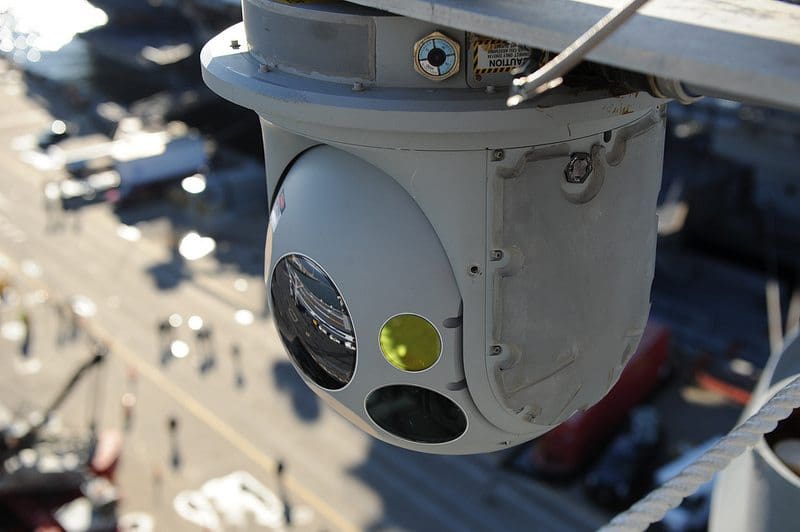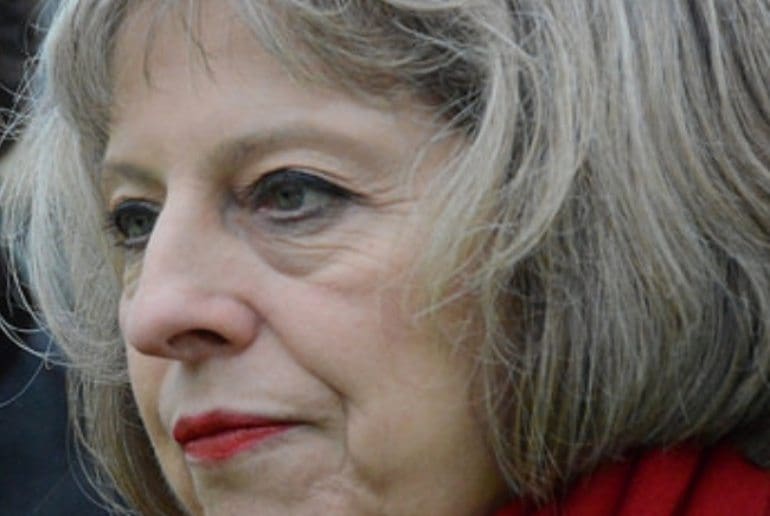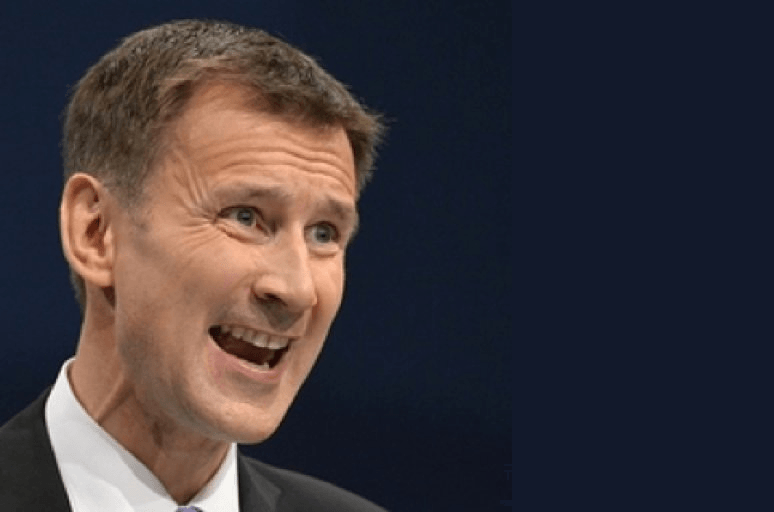Prime Minister Theresa May is fond of claiming that her government is pumping £10bn into hospitals over the next five years.
Only last week she responded to a question from Jeremy Corbyn with this:
I would remind the Right Hon Gentleman that it is this Government that is providing not just the £8 billion of extra funding that the NHS requested, but £10 billion of extra funding.
Yet two leading mainstream economists from the Institute for Fiscal Studies (IFS) have questioned this sum. And they’ve now revealed that funding for the health service has never been so low.
Spending growth
IFS director Paul Johnson appeared before the Treasury select committee on 29 November. His career has included roles at the Treasury and banking watchdog the Financial Services Authority. He told the select committee that projected NHS spending growth was well below the norm for the health service:
Spending on health over the next three years is due to rise by a very small amount: 1% or 2% over that period relative to an average of 3% or 4% a year over the period of the NHS’s existence. So that’s a period of much smaller than average increases in health spending when the population is both growing and ageing. The pressures look reasonably significant.
Cuts to social care, he added, are likely to pile even more pressure on hospitals:
My sense from talking to people in the health service is that it is tough but the thing they are really struggling with is that spending on social care has been cut significantly because of the squeeze on spending in local government. And that is putting additional pressure on the NHS.
There was no mention of the NHS or social care in Chancellor Philip Hammond’s 72-page Autumn Statement.
Labour MP Rachel Reeves, who sits on the committee, asked if the IFS agreed with the Health Select Committee that the £10bn supposedly given to the NHS was in real terms more like £6bn.
Carl Emerson, deputy director of the IFS and also at the committee, told her:
It sounds quite plausible and it may even be smaller than that.
Economic prospects
Johnson painted a bleak picture of the country’s economic prospects under the Conservatives. He said the country is heading for a decade of stagnating earnings:
Average real wages today are below where they were in 2008 and the projections are they won’t have recovered their 2008 level by 2020. They might scrape ahead or they might be somewhat below – but we will have nearly a decade without essentially any real earnings growth.
In every decade since the 1920s, there has been growth in real earnings of between 1% and 2% a year.
“Having a decade where you have no real earning growth is pretty unprecedented – certainly in anybody’s lifetime,” he said.
Many young people face a future of falling incomes, renting, and small or no pensions:
Incomes for people in their 20s are now below what they were in 2006 and 2007. Rates of owner occupation are half what they were 20 years ago and still below where they were 30 or more years ago for that age group. And possibly more worrying still for the long run, there is essentially zero coverage of defined-benefit occupation pension schemes in the private sector for people in their 20s and 30s relative to 40-something per cent 30 or 40 years ago.
Imbalance
IFS analysis shows the Autumn Statement does “almost nothing” to alter the unequal impact of George Osborne’s £12bn welfare cuts, which included freezing most working-age benefits. This means the poorest households are still set to lose £1,700 a year between 2015 to 2020.
Johnson said:
Lower income working age households lose when you chop £12bn off the welfare budget.
May’s pledge to build a country that “works for everybody” outside Number 10 is already starting to ring hollow.
Get Involved!
– Take action against the sell off of our health service with Keep Our NHS Public.
– Write to your MP.
– Read more Canary articles about the NHS here.
– Support The Canary, so we can continue to bring you the news that matters.
Featured image via Flickr

![Internet users pinpoint exactly why Trump’s fiery new proposal is so disturbing [TWEETS]](https://www.thecanary.co/wp-content/uploads/2016/11/Flag-burning-Trump.jpg)



![Jeremy Corbyn delivers a knockout blow to Theresa May, with just 40 seconds on the clock [VIDEO]](https://www.thecanary.co/wp-content/uploads/2016/11/corbyn-v-may-pmqs-nov-min.png)














